A rural home simple in design, focused on sustainability
Written by
13 December 2022
•
4 min read

The cost of a building project is always top-of-mind. Another factor that influences decision-making is sustainability, with a recent study revealing that three in 10 New Zealand renovators and owners of new buildings name sustainability as one of the most important factors to them – driven by a desire to reduce long-term costs and their impact on the environment.
This research – led by independent research agency Perceptive, commissioned by PDL by Schneider Electric – found the majority of the study’s respondents (72%) believe having a sustainable home is achievable, while 92% say they would invest more into their house becoming more sustainable if it would save them more in the long run.
For homeowners Alistair Niven and Carol Palmer, long-term sustainability was part of the design brief for their new home.
Located on an orchard with 320 avocado trees in rural Katikati, the project came about during the pandemic when the inner-city dwellers were seeking a move to the country for a quieter, more relaxed lifestyle.
“We were sitting on our deck in Auckland deciding what we were going to do next, when Covid hit. We thought, let's go back to the country. And this was the site that we found,” shares Alistair.
“We were looking to try and get back to earth and be in nature. So coming from Auckland, there was a real change and to build a house, as we've done now, it just transformed our lives.”
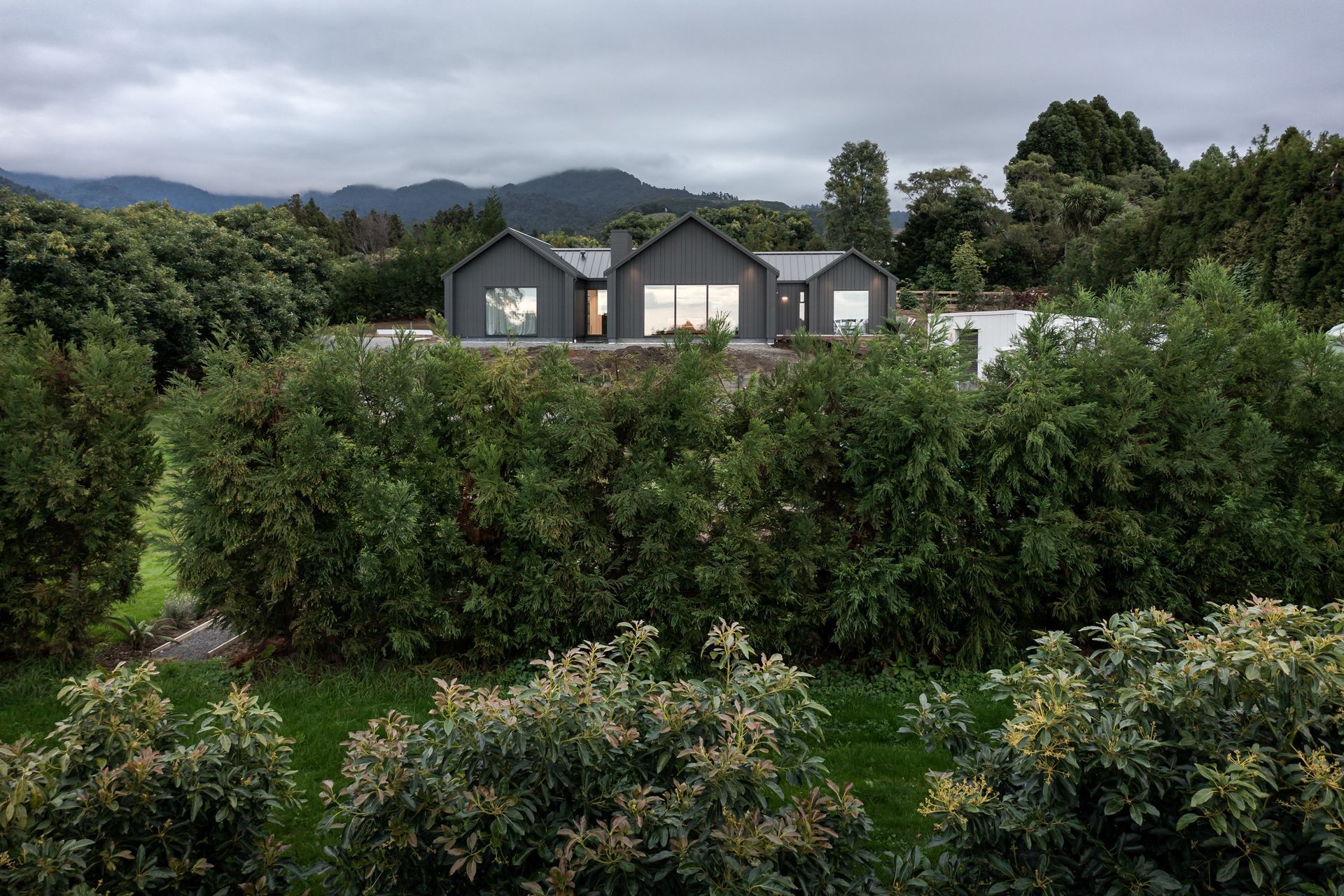
A home that is simple in style, future-proofed and focused on functionality and sustainability was the brief for architect Craig Ashby of Ashby Architectural.
“It was about having a house that was simple in its style but technical in its production,” says Alistair.
After an existing cottage was removed from site, gifted to a local family, Framed Builders commenced construction with the electrical installation taken care of by Leck Electrical.
Sustainable from the ground up
Opting for a raft floor, the slab is filled with 250kg of recycled plastic from Hawke’s Bay, which has been covered in concrete. The height means a thermal break is created between the ground and the house, reducing the need for additional heating or cooling.
“Having a sustainable floor base that would retain the warmth for us was really important so that we didn’t have to run electricity or burn wood,” says Carol. The internal temperature is also maintained thanks to double glazing and argon gas.
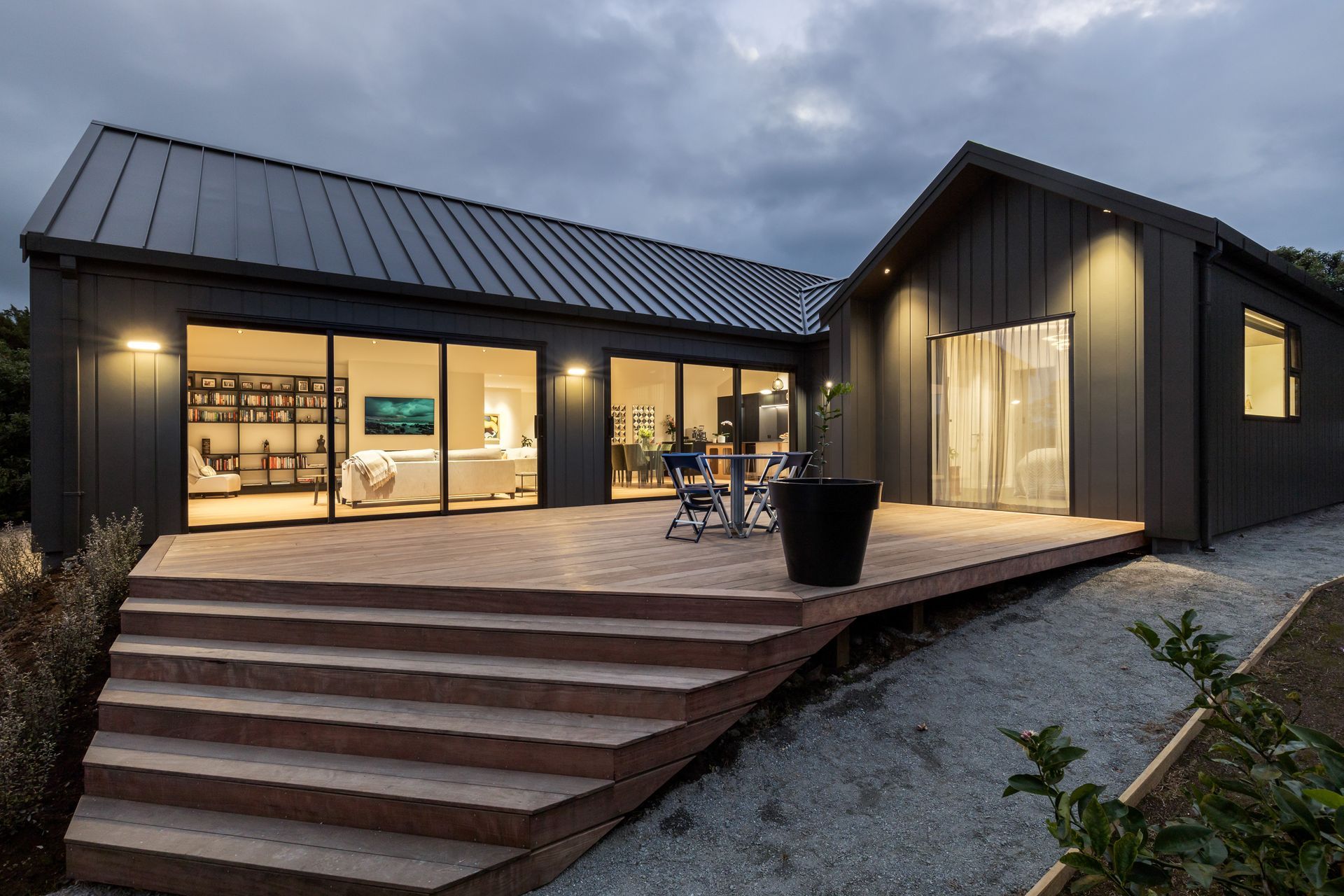
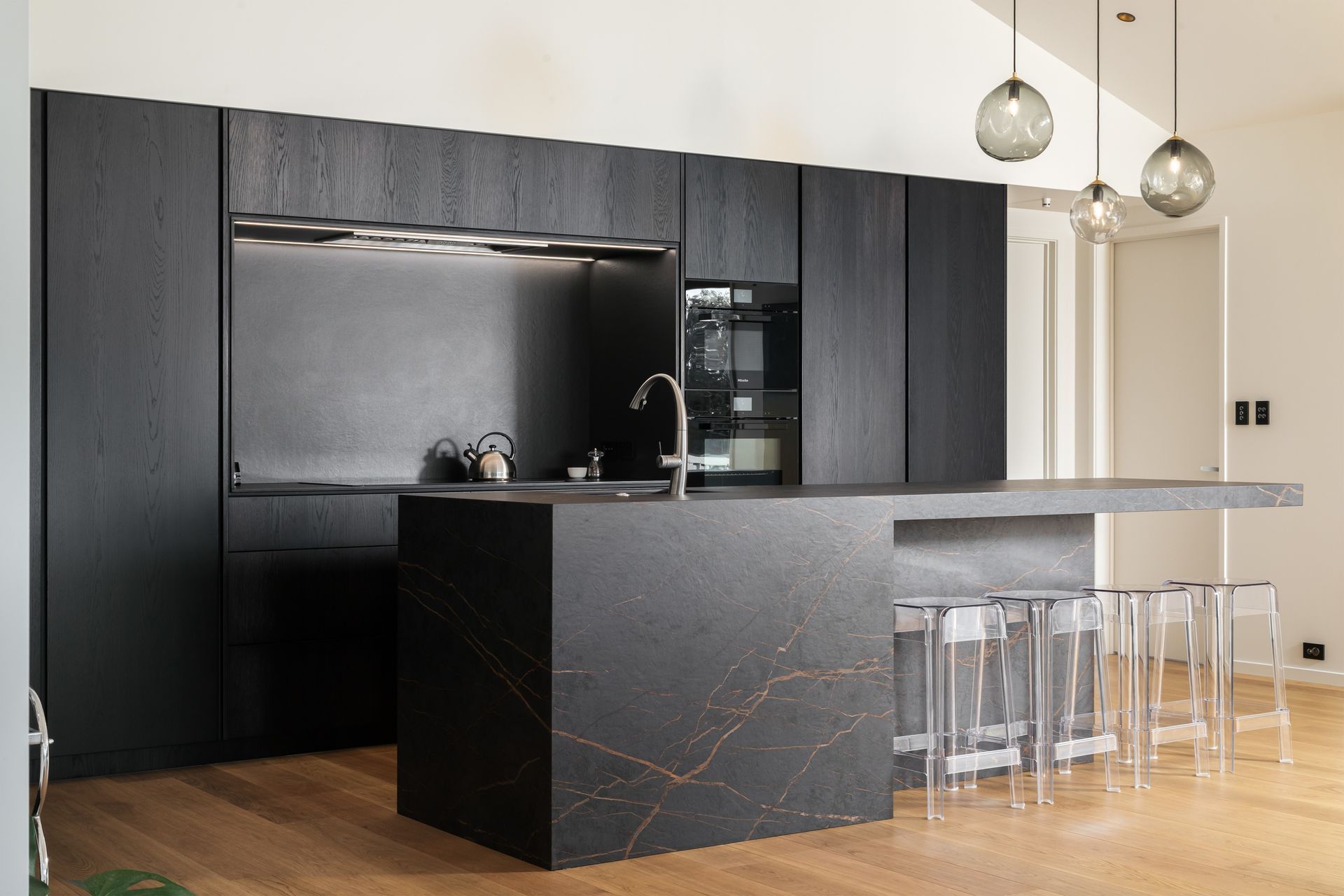
Smart tech performance
A year of planning went into the selection of lighting, heating, security and the other electrical elements of Alistair and Carol’s home.
“Electric home design actually future-proofs you within your new build,” says Alistair. “The more preparation you do beforehand allows you to enjoy things later. We spent a lot of time thinking about little things that could make a big difference.”
Utilising the PDL satin series meant this technology could be seamlessly integrated into the home’s sleek, sophisticated aesthetic: “We chose the colour palette to match out cabinetry, laundry, bathrooms, and it just made it so much better.”
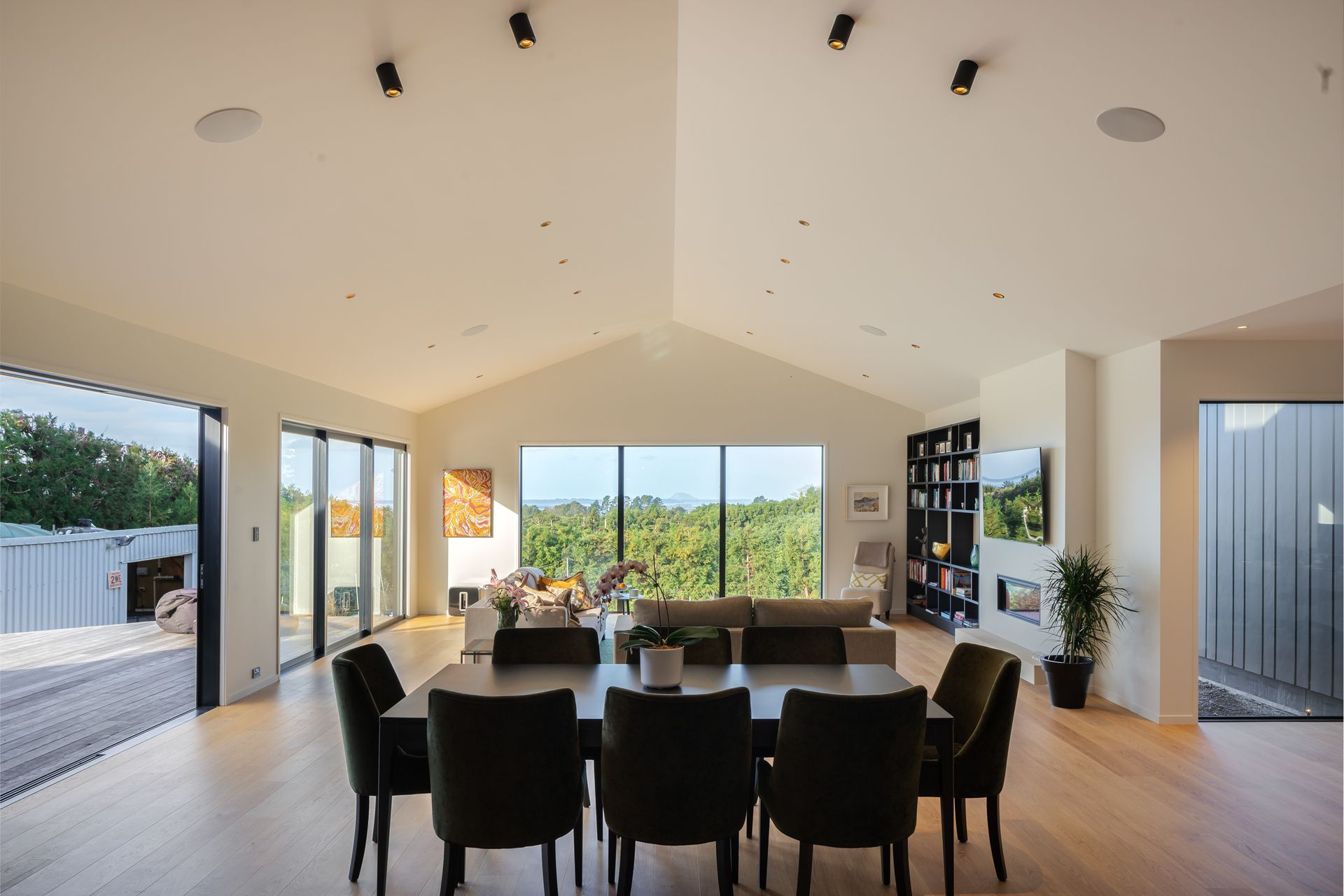
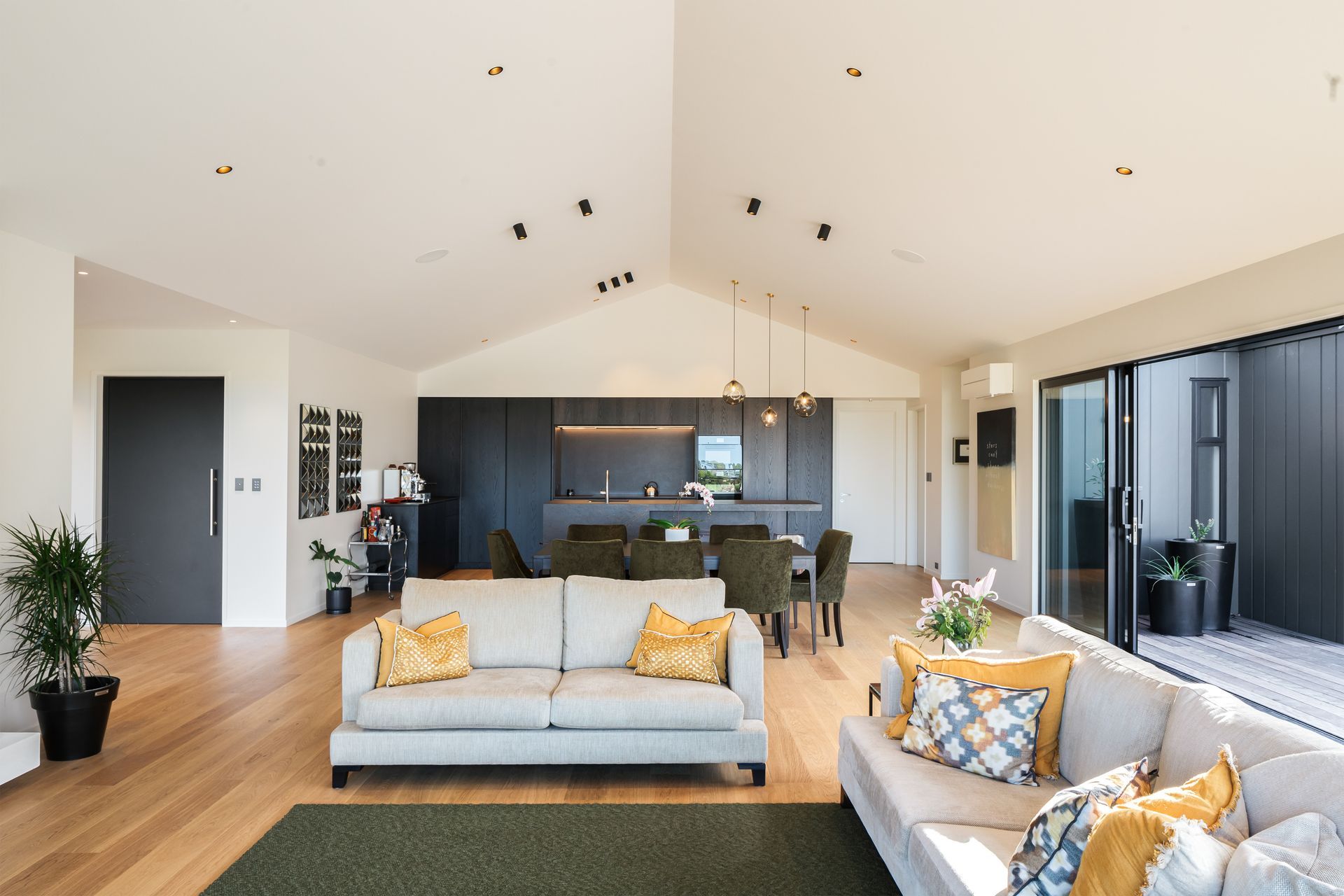
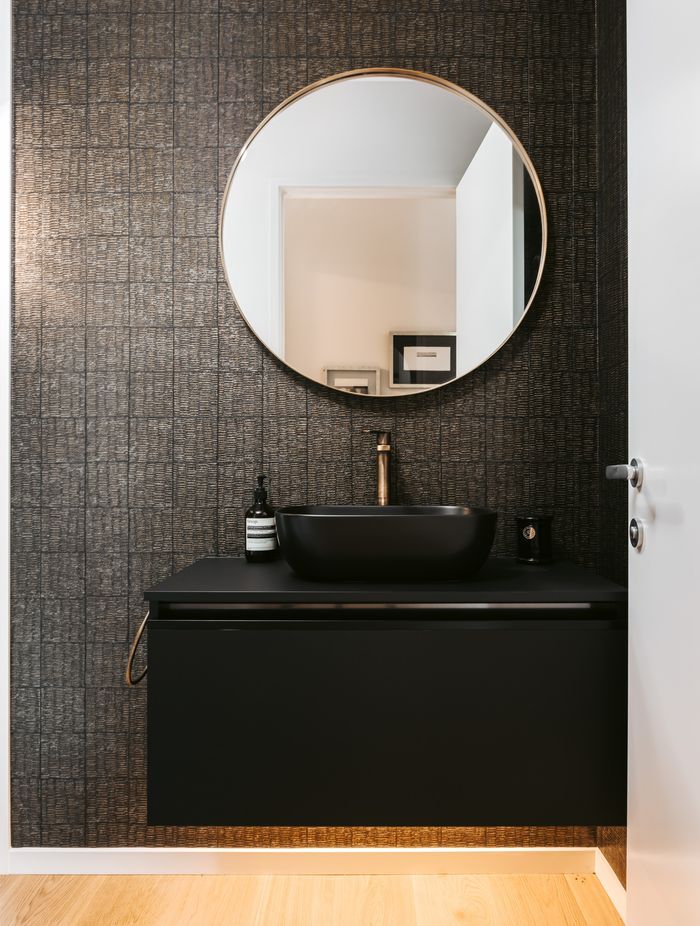
Sensors were installed into the bathroom to ensure safe movement around the space each time someone enters, whether it be day or night; the PDL Wiser Smart Home automation system gives the clients full control of their home’s electronics via mobile; and the home has been pre-wired for EV charging.
“We have experienced enormous growth in the smart home technology category in the past three years, and the survey findings validate that,” says Robert Knight, PDL’s residential electric design consultant. “Smart home tech is now a commonly installed electrical element in both renovations and new home builds. For renovators, increased energy efficiency was the single biggest reason (21%) for installing smart home tech, closely followed by increased convenience (19%).”
Solar power is also soon to be installed at the Katikati project – something renovators and builders of new homes across New Zealand are increasingly adding to their projects. The study by Perceptive reveals 40% of those renovating and 59% of those embarking on new builds would include the installation of solar panels.

“In general, the survey reveals a market that is growing in its knowledge of a variety of smart home products and features and is open to exploring options that support safety, sustainability, and cost-saving goals,” says Robert.
Homeowner Alistair adds: “By utilising the technology that's available, we've been able to lessen our usage of power. We just love it here; we struggle to leave.”
“When you build your own home, you're building for yourself. It makes such a difference – things that you want, you have,” he says.
Explore more stunning projects on ArchiPro.